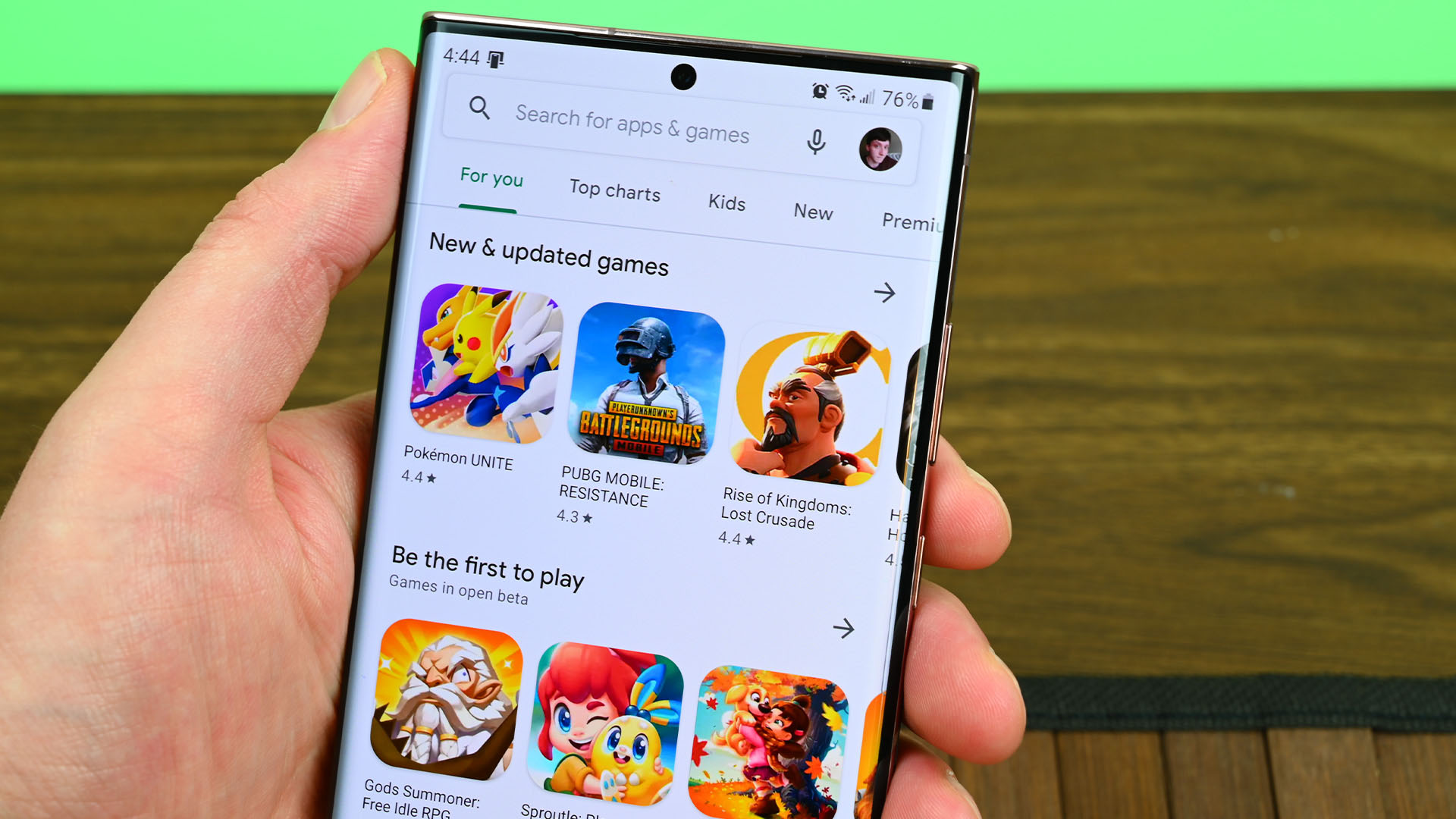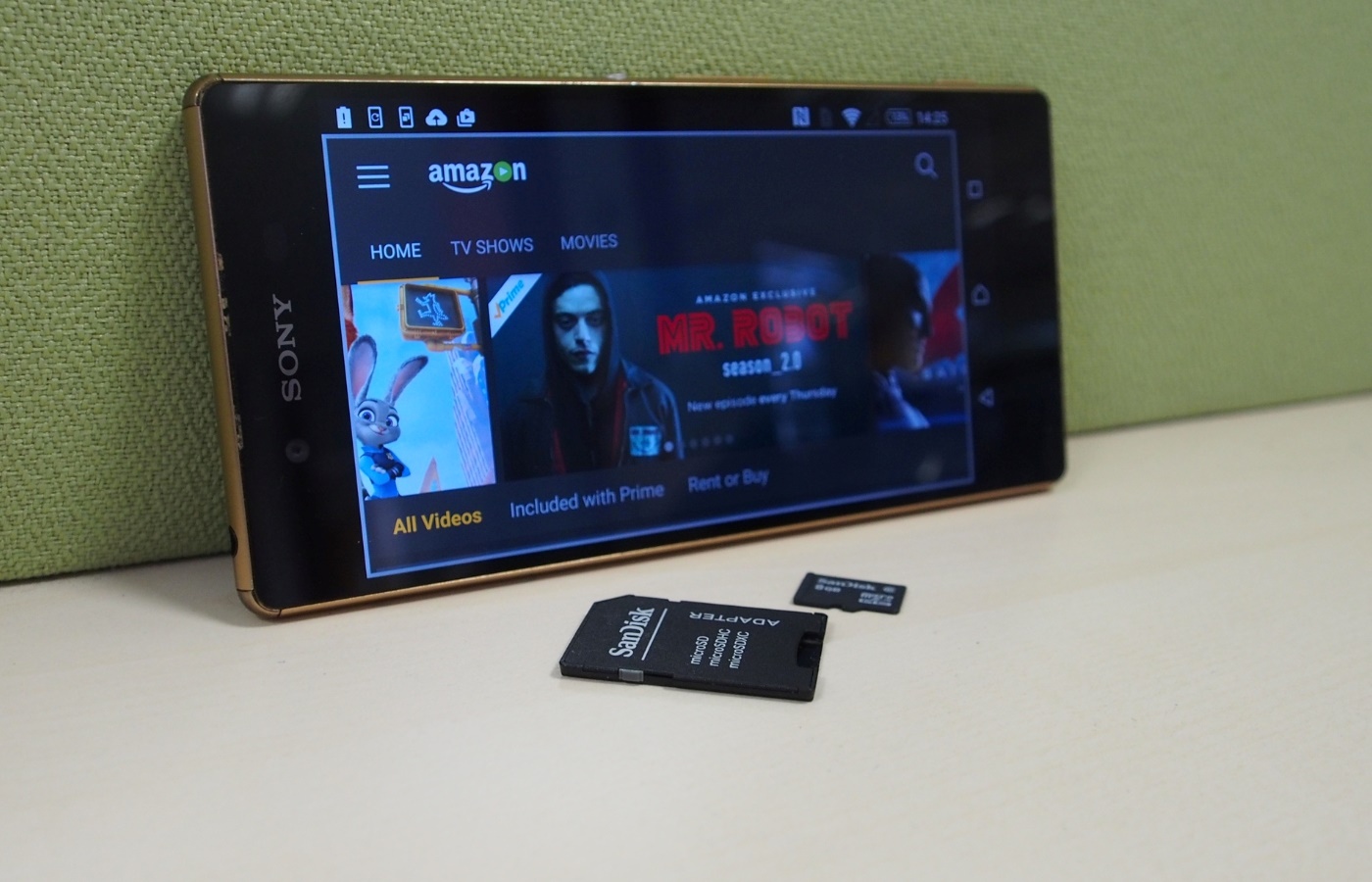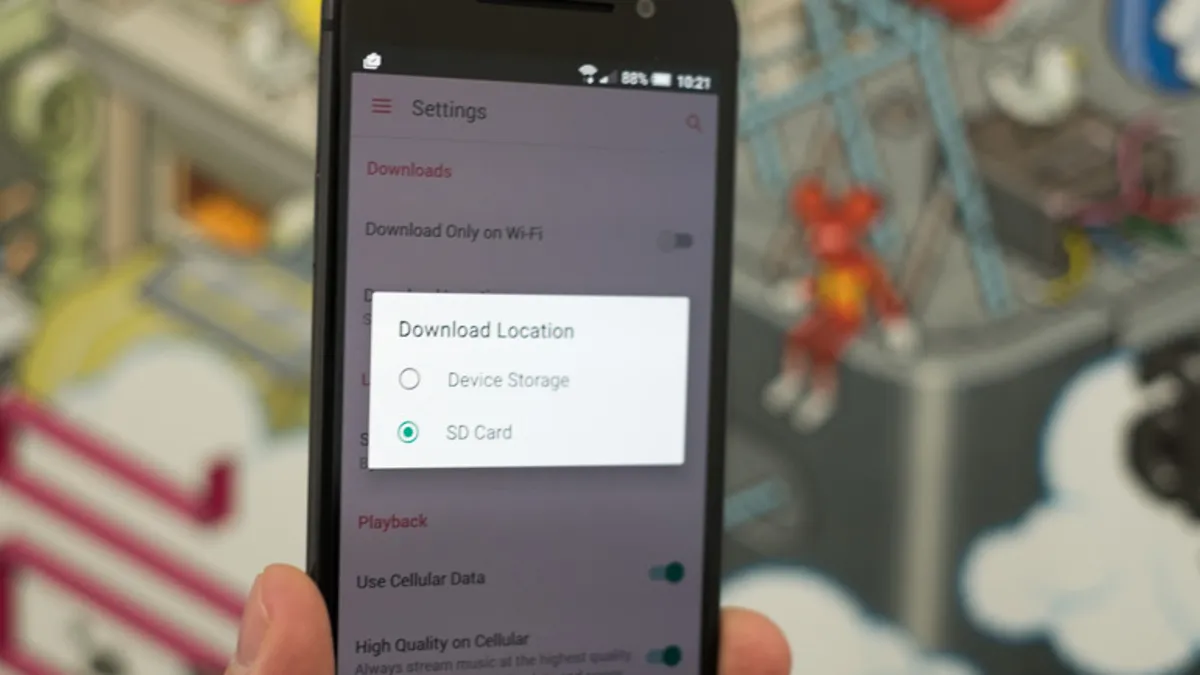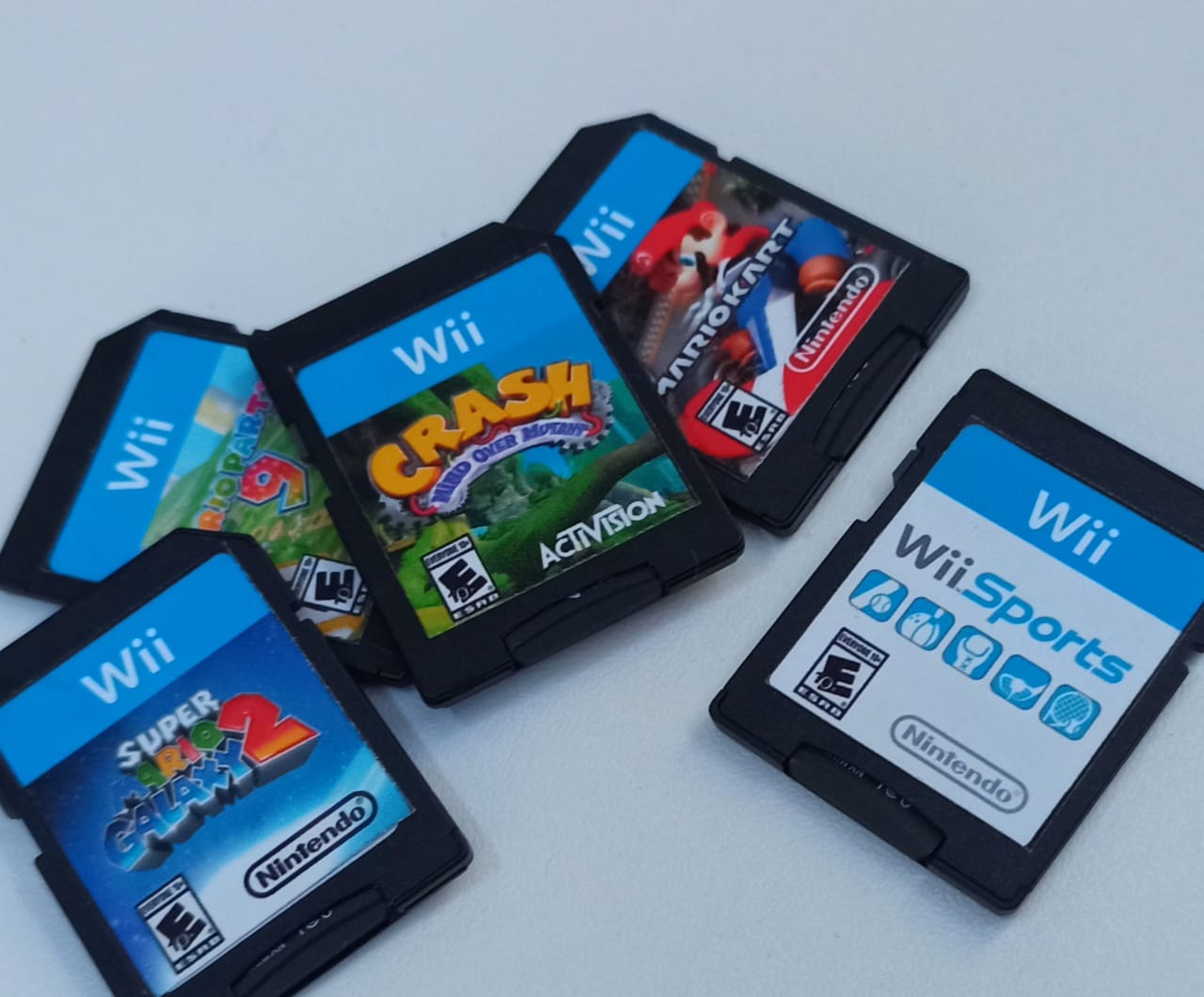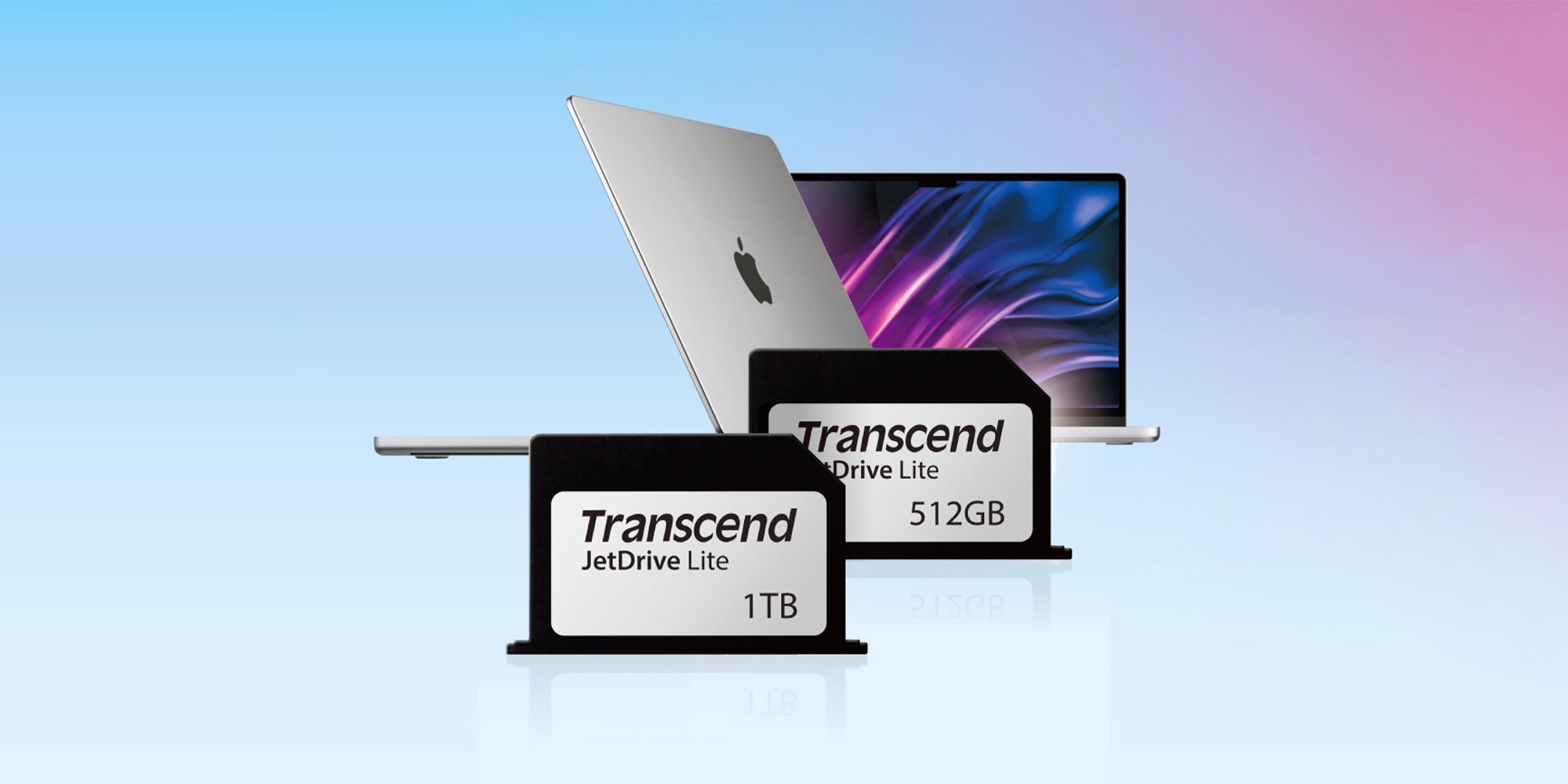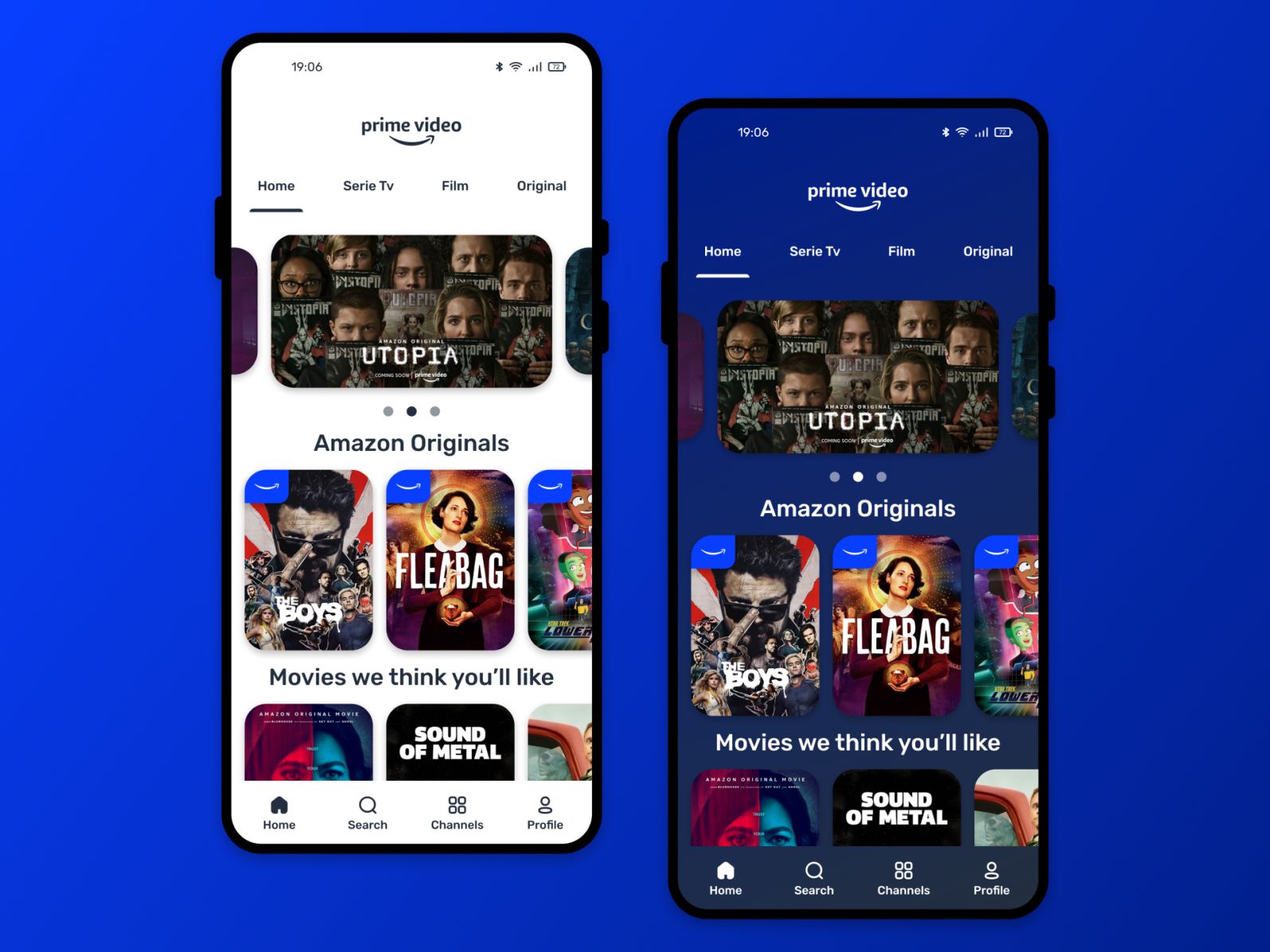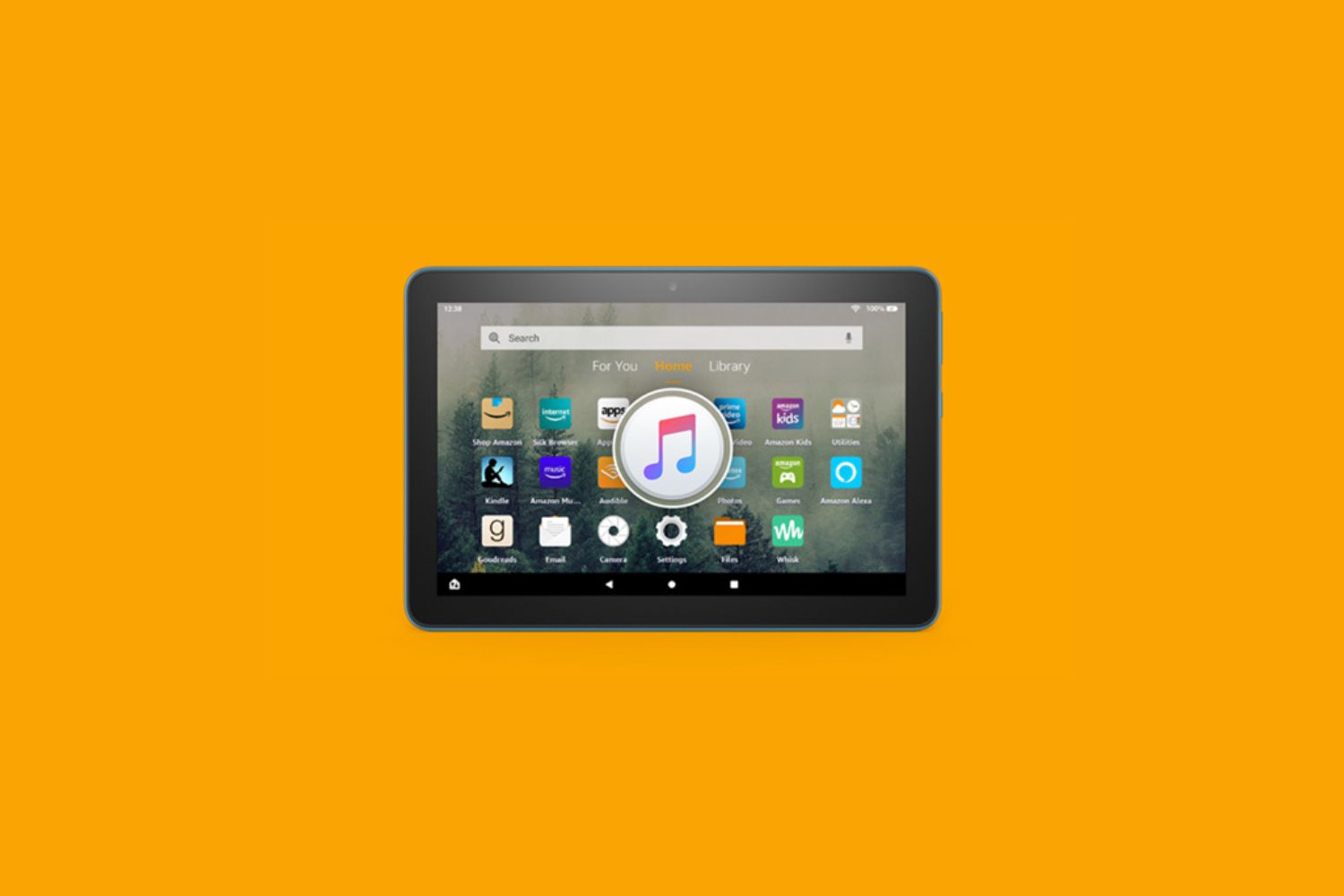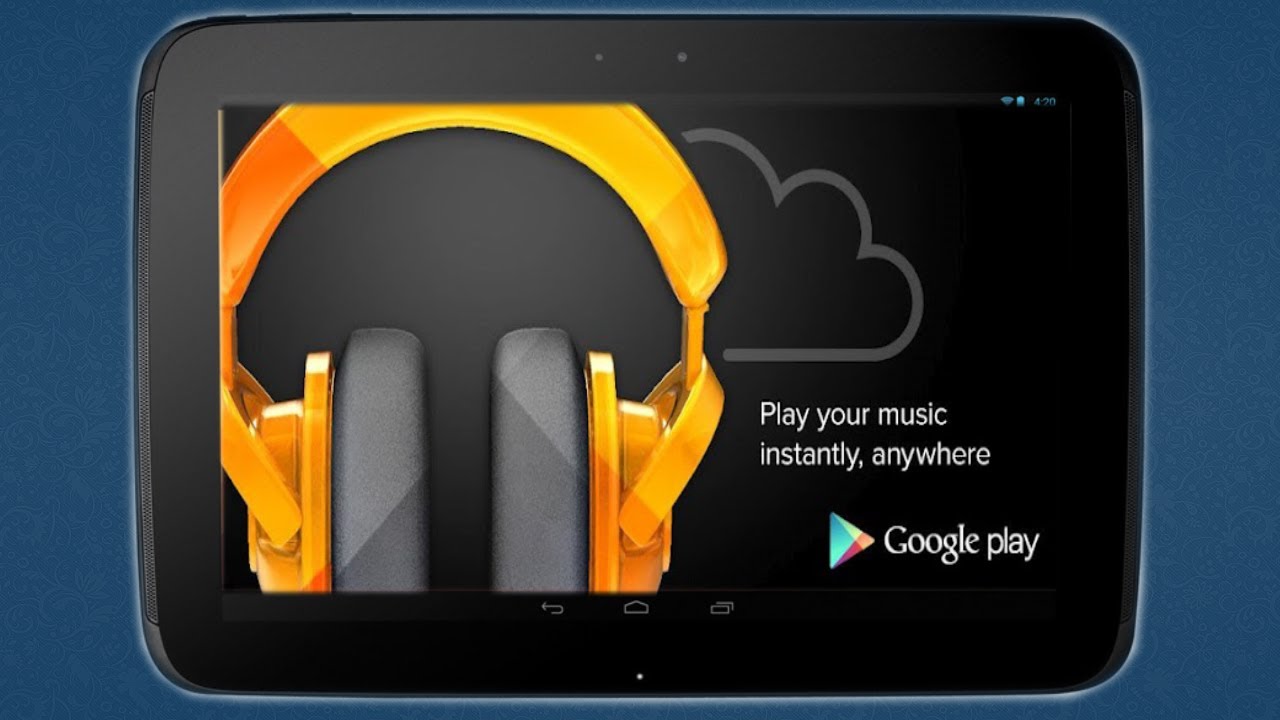Introduction
When it comes to downloading apps on your Android device, the default location is usually the internal storage. However, with the limited storage space on many smartphones, this can quickly lead to a cluttered device and slow performance. This is where the option to download apps directly to the SD card can be a lifesaver.
By default, Android devices prioritize the internal storage for app installations. This means that every time you download and install new apps, they consume valuable space on your device’s internal memory. However, if your device supports expandable storage and you have an SD card inserted, you can modify the settings to download apps directly to the SD card.
Downloading apps directly to the SD card offers several benefits. First and foremost, it frees up space in your internal storage, allowing you to keep your device running smoothly and efficiently. Additionally, it allows you to easily transfer apps between devices by simply removing the SD card and inserting it into a new device. Furthermore, if you ever run into issues with your device and need to perform a factory reset, having apps stored on the SD card ensures that you won’t lose them.
In this article, we will explore different methods to change the default download location to the SD card on your Android device. Whether you have a stock Android device or a Samsung device, there are options available to make this adjustment. We will also discuss the use of third-party apps that can facilitate direct downloads to the SD card.
By the end of this article, you will have the knowledge and tools necessary to download apps directly to your SD card, optimizing your device’s storage and improving overall performance.
Why download apps directly to SD card?
There are several reasons why downloading apps directly to your SD card can be beneficial:
1. Maximizing storage space: Most Android devices come with limited internal storage, which can quickly fill up with apps, photos, videos, and other files. By downloading apps directly to the SD card, you can free up valuable space on your device’s internal memory and ensure that it remains available for other important files.
2. Easy app transfer: If you upgrade to a new device or need to switch between devices, having your apps stored on the SD card makes the process much easier. Simply remove the SD card from one device and insert it into another to transfer all your apps seamlessly.
3. Preventing app loss during factory reset: Performing a factory reset on your device can sometimes be necessary, but it also means losing all the apps and data stored on the internal memory. By downloading apps directly to the SD card, you can prevent the loss of your installed applications during a factory reset, as the SD card remains intact and can be reinstalled afterwards.
4. Flexibility for app installation: Some apps, especially large ones like games or multimedia applications, take up a significant amount of storage space. When you download these apps directly to the SD card, you have the flexibility to install them without worrying about your device’s internal storage limitations.
5. Improved device performance: When your device’s internal storage is almost full, it can lead to sluggish performance, slower app launches, and even system crashes. By offloading apps to the SD card, you can help optimize your device’s performance by freeing up internal memory and reducing the load on the system.
6. Enhanced organization: Downloading apps directly to the SD card allows for better organization of your files. You can create separate folders on the SD card to store different types of apps, making it easier to locate and manage them.
By downloading apps directly to your SD card, you can maximize your device’s storage capacity, improve performance, and have greater flexibility in managing your apps. Now, let’s explore various methods to change the default download location to the SD card on your Android device.
How to change default download location to SD card
Changing the default download location to the SD card on your Android device can vary depending on the device’s manufacturer and operating system. In this section, we will explore different methods for both stock Android devices and Samsung devices:
Method 1: Changing default download location on stock Android:
- Open the “Settings” app on your Android device.
- Scroll down and select “Storage” or “Storage and USB” (may vary depending on your Android version).
- Tap on “Downloads” or “Downloads folder”.
- Select the option to change the storage location.
- Choose the SD card as the new default download location.
- Confirm your selection and exit the settings.
Method 2: Changing default download location on Samsung devices:
- Open the “Settings” app on your Samsung device.
- Scroll down and select “Storage” or “Device care” (may vary depending on your device model).
- Tap on “Advanced” or “Storage settings”.
- Select “Downloads” or “Default download location”.
- Choose the SD card as the new default download location.
- Save the changes and exit the settings.
Method 3: Using third-party apps to download directly to SD card:
If you’re unable to change the default download location using the device’s settings, you can explore third-party apps that allow you to download apps directly to the SD card. Some popular options include “AppMgr III” and “Link2SD”. These apps provide additional features for managing and transferring apps, allowing you to choose the SD card as the download location.
Remember to install these apps from the Google Play Store and follow the instructions provided within each app to set up the default download location to the SD card.
By following these methods, you can change the default download location to the SD card on your Android device. This will ensure that your apps are directly downloaded to the SD card, freeing up valuable space on your device’s internal storage.
Method 1: Changing default download location on stock Android
If you have a stock Android device, the process of changing the default download location to the SD card is relatively straightforward. Follow these steps:
- Open the “Settings” app on your Android device. You can usually find it in your app drawer or by swiping down on your home screen and tapping on the gear icon.
- Scroll down and select “Storage” or “Storage and USB” (the exact name may vary depending on your Android version).
- Tap on “Downloads” or “Downloads folder”. This option allows you to change the storage location specifically for downloaded files.
- In some versions of Android, you may need to tap on “Advanced” or “More” to access further settings.
- Select the option to change the storage location. This may be labeled as “Storage location” or “Save files to”.
- Choose the SD card as the new default download location. You may see a list of available storage options, including your device’s internal storage and the SD card.
- Confirm your selection and exit the settings. The changes will take effect immediately, and any future downloads will be saved directly to the SD card.
It’s important to note that the exact steps and menu options may vary slightly depending on your Android version and device manufacturer. However, the general process should be similar to the steps outlined above.
By changing the default download location to the SD card, you can ensure that any new apps you download will be stored directly on the SD card instead of your device’s internal storage. This helps to free up space and prevent your device from becoming cluttered with unnecessary files.
Now that you know how to change the default download location on stock Android devices, let’s move on to the next method for Samsung devices.
Method 2: Changing default download location on Samsung devices
Samsung devices have a slightly different process for changing the default download location to the SD card. To modify this setting on your Samsung device, follow these steps:
- Open the “Settings” app on your Samsung device. You can find it in your app drawer or by swiping down on the home screen and tapping on the gear icon.
- Scroll down and select “Storage” or “Device care”. The name may vary depending on your specific device model.
- Tap on “Advanced” or “Storage settings”. This option takes you to additional settings related to your device’s storage.
- Look for “Downloads” or “Default download location” and tap on it. This setting allows you to change where new downloads will be saved.
- Choose the SD card as the new default download location. You may see a list of available storage options, including your device’s internal storage and the SD card.
- Save the changes and exit the settings. The modifications will take effect immediately, and any new downloads will be directed to the SD card.
It’s important to note that the specific names of the settings mentioned above may vary depending on your device’s model and the version of Samsung’s user interface (One UI) that you are using. However, the general process should be similar on most Samsung devices.
By changing the default download location to the SD card on your Samsung device, you can prevent your device’s internal storage from being overcrowded with downloaded files. This helps to optimize storage space and improve overall performance.
Now that you know how to change the default download location on Samsung devices, let’s explore an alternative method for downloading apps directly to the SD card using third-party apps.
Method 3: Using third-party apps to download directly to SD card
If you’re unable to change the default download location using the device’s settings on your Android device, you can turn to third-party apps that offer the functionality of downloading directly to the SD card. Here are a couple of popular options:
AppMgr III: AppMgr III is a powerful app management tool that allows you to move installed apps from your device’s internal storage to the SD card. It also provides the option to set the SD card as the default installation location for new apps. This means that any apps you download or install in the future will automatically be stored on the SD card instead of the internal storage.
Link2SD: Link2SD is another widely used app that enables you to move apps, including their data files, to the SD card. This app creates symbolic links that link the app’s data on the SD card with the app installed on the internal storage. This method effectively frees up space on your device’s internal storage while still allowing you to use the apps seamlessly.
To use these apps:
- Go to the Google Play Store and search for either “AppMgr III” or “Link2SD”.
- Install the app that suits your needs and grant the required permissions.
- Launch the app and follow the on-screen instructions to set it up.
- Use the app’s features to move existing apps to the SD card and set the SD card as the default storage location for new apps.
These third-party apps can provide a viable solution if you are unable to change the default download location using the device’s settings. They offer additional features for managing and transferring apps, ensuring that your apps are installed and stored directly on the SD card.
Keep in mind that using third-party apps may require rooting your Android device, which can void your device’s warranty and potentially cause system instability if not done correctly. Proceed with caution and make sure to research and follow proper instructions for your specific device model and Android version.
Now that you have learned about different methods for downloading apps directly to the SD card, you can choose the one that suits your device and preferences. By utilizing these methods, you can optimize your device’s storage and ensure that your apps are stored on the SD card, freeing up valuable space on your device’s internal storage.
Tips for downloading apps directly to SD card
Downloading apps directly to the SD card can be a smart way to manage your device’s storage effectively. Here are some tips to consider when utilizing this feature:
1. Check app compatibility: Not all apps are designed to be moved to the SD card. Some system apps and certain app components need to be stored on the device’s internal storage to function properly. Before moving an app to the SD card, ensure that it is compatible and will still work as intended.
2. Regularly clean the SD card: Over time, the SD card can accumulate temporary files, residual data, and other unnecessary clutter. Periodically clean your SD card using built-in storage management tools or third-party apps to ensure optimal performance and free up additional space.
3. Keep in mind app updates: When updating apps that are stored on the SD card, the updated version is typically installed on the device’s internal storage. This may consume extra space temporarily. After the update is complete, you can move the app back to the SD card using the appropriate settings or third-party apps.
4. Be cautious with app backups: If you use backup and restore apps, make sure you select the option to include the SD card when creating backups. This ensures that your app data on the SD card is protected and can be restored when needed.
5. Monitor SD card health: Like any other storage device, the SD card can experience wear and tear over time. Keep an eye on its health using apps or tools that provide status information and performance monitoring. If you notice any signs of deterioration, such as slow read or write speeds, consider replacing the SD card.
6. Use a high-quality SD card: Investing in a reliable and high-capacity SD card is important to ensure smooth and efficient app downloads and usage. Look for reputable brands and select a card that matches your device’s compatibility and storage needs.
7. Install essential apps on internal storage: While you can download most apps directly to the SD card, it’s advisable to keep essential system apps, security apps, and utilities on the device’s internal storage for better performance and stability.
8. Check app settings after moving: Occasionally, when moving an app to the SD card, certain features or functionalities may be affected. After moving an app, double-check its settings to ensure everything is working as expected. If you encounter any issues, consider moving the app back to the internal storage.
By keeping these tips in mind, you can make the most out of downloading apps directly to the SD card. This will help you optimize storage space, improve performance, and enhance the overall efficiency of your Android device.
Conclusion
Downloading apps directly to the SD card is a valuable feature that Android users can leverage to optimize their device’s storage space and enhance performance. By changing the default download location to the SD card, users can ensure that new apps are stored directly on the external storage rather than the device’s internal memory.
In this article, we explored different methods for changing the default download location on both stock Android devices and Samsung devices. We also discussed the option of using third-party apps to facilitate direct downloads to the SD card. Each method offers its own advantages and may vary slightly depending on the device’s manufacturer and operating system.
Furthermore, we provided tips to consider when downloading apps directly to the SD card, including checking app compatibility, monitoring SD card health, and regularly cleaning the SD card to maintain optimal performance.
By utilizing these methods and following the tips provided, users can make the most out of their device’s storage capacity and improve overall performance. With apps stored on the SD card, users can easily transfer apps between devices, prevent app loss during a factory reset, and enjoy the flexibility of installing large apps without worrying about the device’s internal storage limitations.
Remember to always research and understand the specific process for your Android device model and version, as the steps may vary slightly. Additionally, it’s important to be cautious when using third-party apps and ensure that they are compatible and reputable.
With the knowledge gained from this article, you can now confidently navigate the process of downloading apps directly to the SD card, empowering you to make the most out of your Android device’s storage capabilities.









